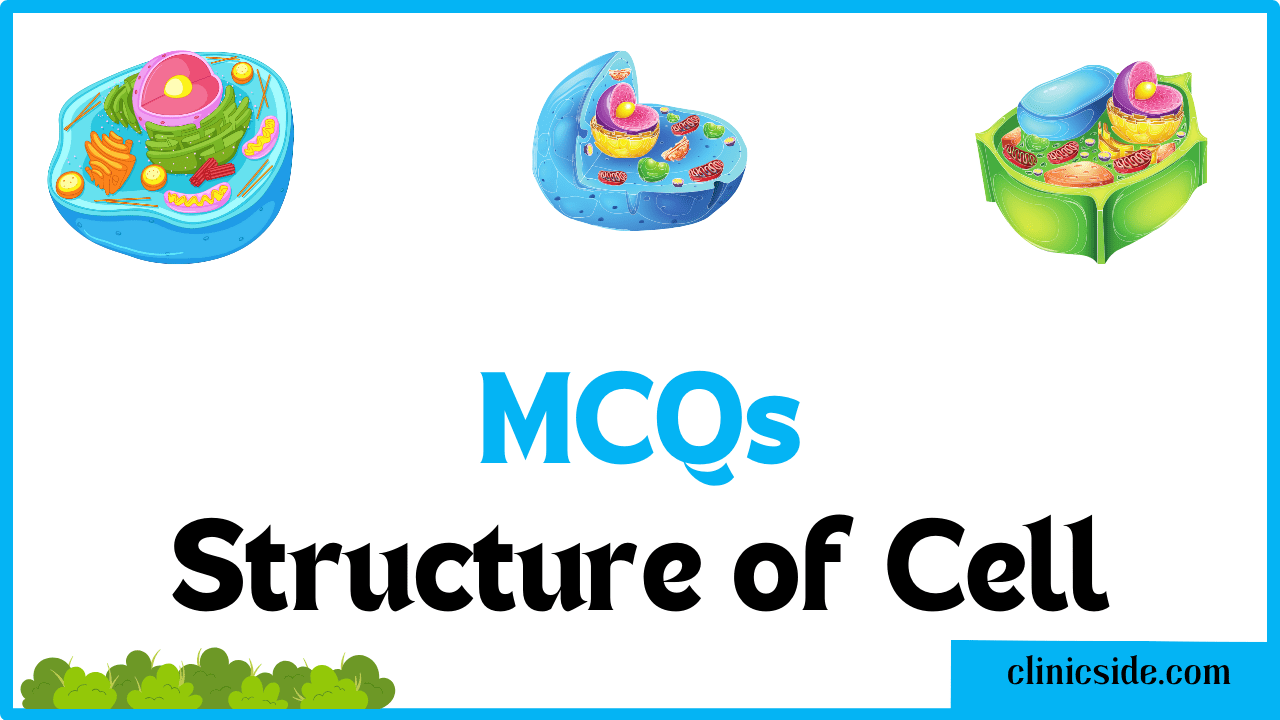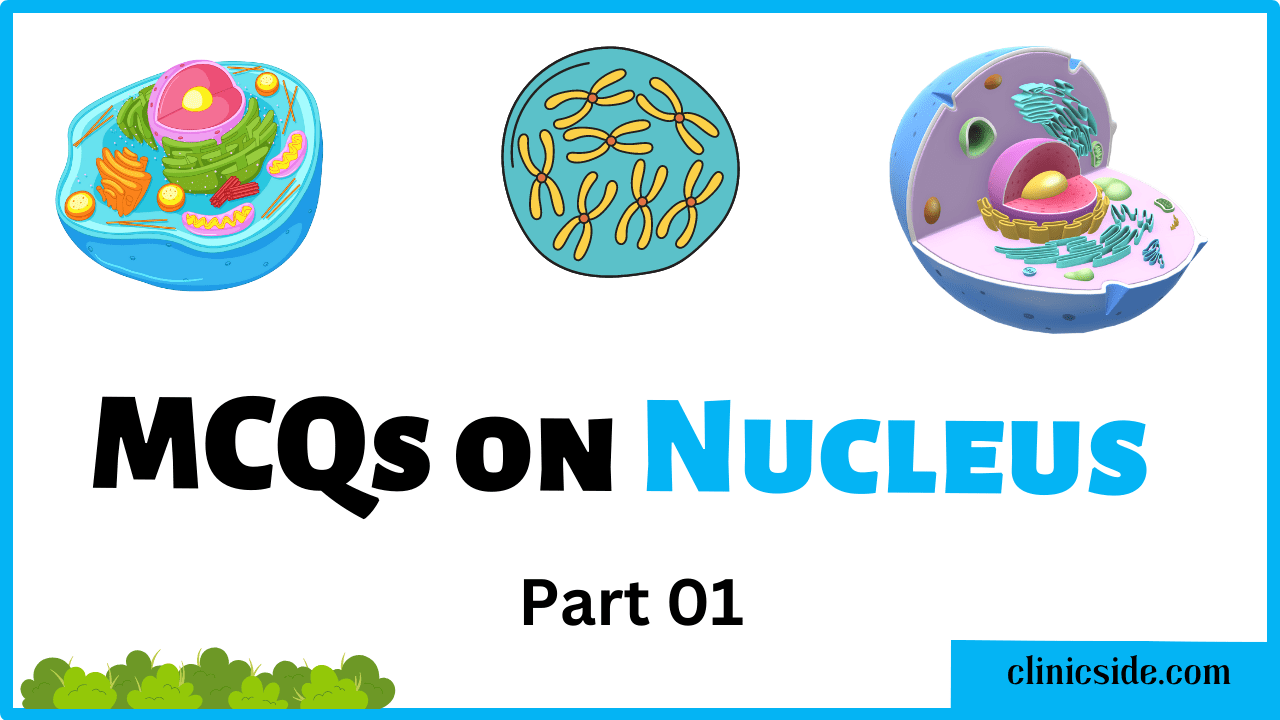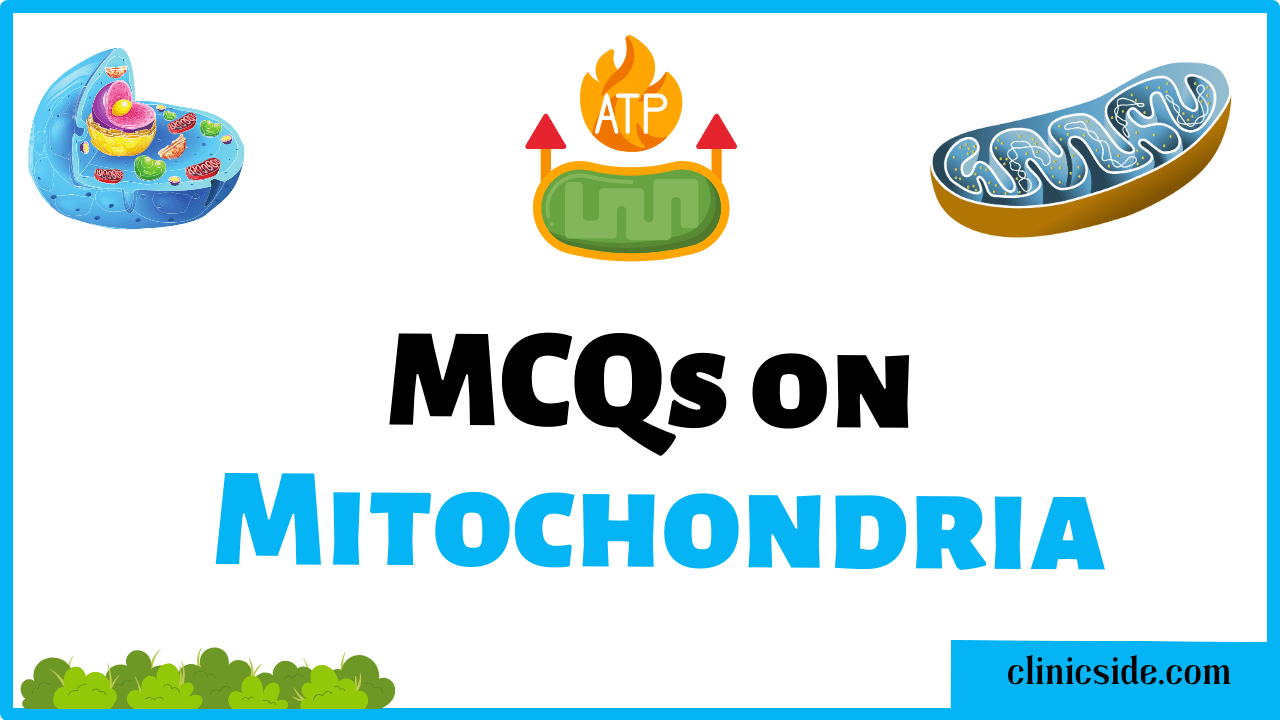Quiz
Available options: 1 to 26
Pre-Quiz Discussion On Structure of Cells:
Introduction To Cell:
Cells, the fundamental units of life, are tiny worlds of complex structures and functions. In this blog post, we will take a closer look at the structure of a cell and its organelles. Understanding these microscopic components is crucial for appreciating the incredible processes that sustain life.
The Basics: What is a Cell?
The smallest structural and functional unit of every living thing is the cell. Imagine it as a microscopic factory that carries out all the necessary tasks to keep the organism alive.
The Cell Membrane: The Gatekeeper
The cell membrane, also known as the plasma membrane, is like the gatekeeper of the cell. It is a selectively permeable barrier that controls the entry and exit of substances. This vital structure allows nutrients to enter while keeping harmful substances out.
Cytoplasm: The Cell’s Workhorse
The cytoplasm is the cell’s internal environment. It’s a gel-like substance that houses various organelles and provides a medium for chemical reactions to take place. Think of it as the cell’s workshop.
Nucleus: The Control Center
In eukaryotic cells (which include those in humans), the nucleus is the control center. It houses the genetic material, DNA, which carries the instructions for the cell’s activities. The nucleus is like the CEO’s office, making important decisions for the cell.
Mitochondria: The Powerhouses
Mitochondria are generally referred to as the cell’s powerhouses.. They generate energy (in the form of ATP) through cellular respiration, a process that converts glucose and oxygen into energy. Mitochondria are crucial for all energy-dependent processes in the cell.
Endoplasmic Reticulum: The Transport System
The endoplasmic reticulum (ER) is like a transportation network within the cell. It’s responsible for protein and lipid synthesis. There are two types of ER: rough ER, studded with ribosomes that produce proteins, and smooth ER, which is involved in lipid metabolism.
Ribosomes: Protein Factories
Ribosomes are the cell’s protein factories. They read the instructions from the DNA and assemble amino acids into proteins. They can exist in the cytoplasm free of attachment or attached to the rough ER.
Golgi Apparatus: Packaging and Shipping
The Golgi apparatus is the cell’s packaging and shipping department. It modifies, sorts, and packages proteins and lipids into vesicles for transport within and outside the cell.
Lysosomes: Cellular Cleanup Crew
Lysosomes are like the cell’s garbage disposals. They contain enzymes that break down waste materials, cellular debris, and foreign invaders. Their role is critical in maintaining cellular health.
Vacuoles: Storage Units
Vacuoles are storage units within the cell. They store water, nutrients, and waste products. The central vacuole is particularly crucial in plant cells for sustaining turgor pressure.
Cytoskeleton: The Cell’s Framework
The cytoskeleton is the cell’s structural framework. It’s made up of microfilaments, intermediate filaments, and microtubules, which provide shape, support, and facilitate cell movement.
Chloroplasts: Photosynthesis Factories (in Plant Cells)
Chloroplasts are unique to plant cells and some algae. They are the sites of photosynthesis, the process that converts light energy into chemical energy in the form of glucose.
Nucleolus: Ribosome Factory
The nucleolus, found inside the nucleus, is like a specialized factory within a factory. It’s responsible for producing ribosomal RNA (rRNA), which is essential for building ribosomes.
Test Guidelines and Time Limit:
Guidelines for Maximizing Your Quiz Experience:
Read and Understand:
Carefully read each question related to Structure of Cell and ensure you have a clear understanding of the concepts before selecting your answer. This will help you make informed choices and avoid misconceptions.
Choose the Best Answer:
Evaluate all available options before selecting the one that aligns best with your knowledge of Structure of Cell. Strive for accuracy and relevance in your responses.
Time Management:
The quiz has a time limit based on the number of questions you choose. Allocate 45 seconds per question. Manage your time wisely to complete all questions within the allotted time.
Efficient time management increases your likelihood of successfully completing the quiz and submitting your answers within the designated timeframe. Best of luck!






